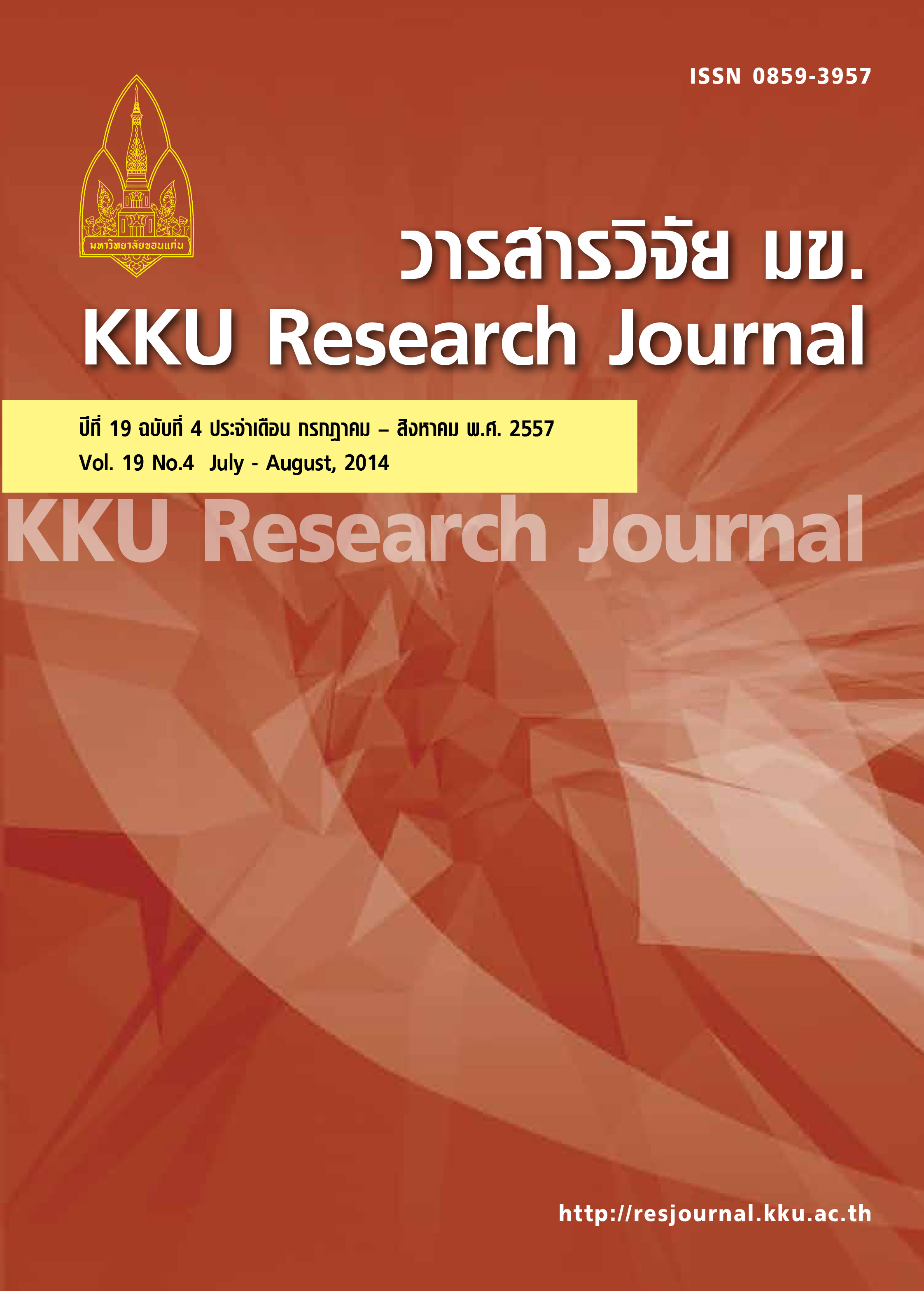Advances in nutritional researches on asian sea bass dates calcarifer (Bloch, 1790)
Main Article Content
Abstract
After commercial culture of Asian sea bass achieved in 1977, there is continuity of researches on live and artificial feeds for this species. Rotifer, brine shrimp and water flea are the main live feeds which have been extensively tested for nursing fish larvae or fingerling. Studies cover optimum density for nursing, nutritional enrichment and type replacement to reduce the production cost. However, the further studies on utilization of copepod larvae and trochophore stage of oyster for nursing fish larvae are recommended to increase survival rate of fish larvae. Researches on artificial feed cover nutrient requirement, feed ingredient and feeding manipulation. Especially, requirements of dietary protein, essential amino acids, lipid and essential fatty acid have been mostly studied and clearly conclusive.Determinations on requirement of dietary vitamin and mineral have been rare, but commercially available vitamin and mineral premixes seem to be useful without an adverse impact on growth of this species. The topics of feed ingredient have been mainly based on the alternative sources for both fishmeal and marine oil. Meanwhile, studies on the optimum feeding frequency and regime are mostly preferred for feeding manipulation. There are five topics of artificial feed which are interested and should be determined. These include nutrient requirements of the higher 100 g fish and broodstock, also nutrient manipulation to reduce production cost or culture period. The others are nutritional improvement of plant protein with the cheap method to increase fishmeal replacement level, using a feed attractant for high plant protein based feed and utilization of lipid derived from byproducts of marine animal processing such as shrimp, bivalves, squid and others.
Article Details
How to Cite
Plaipetch, P. (2017). Advances in nutritional researches on asian sea bass dates calcarifer (Bloch, 1790). Asia-Pacific Journal of Science and Technology, 19(4), 571–584. retrieved from https://so01.tci-thaijo.org/index.php/APST/article/view/82978
Section
Research Articles


